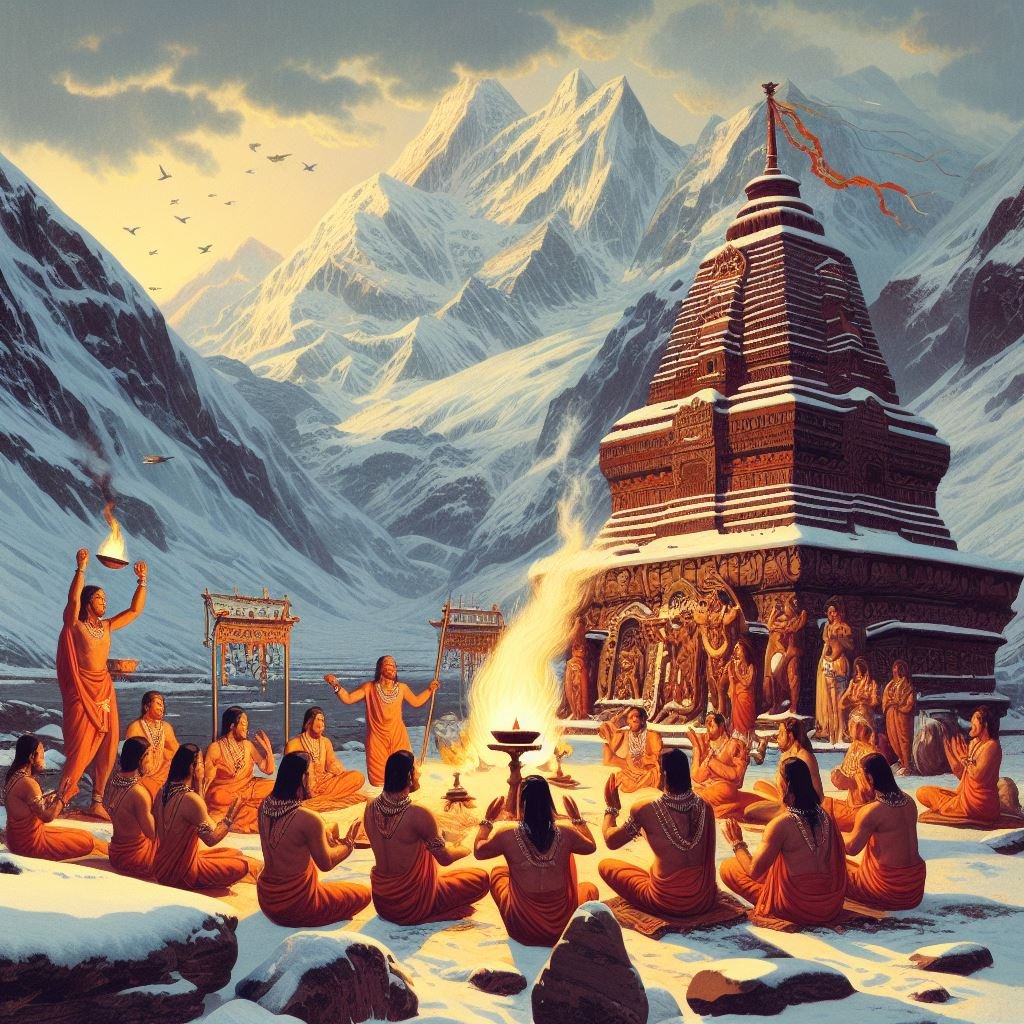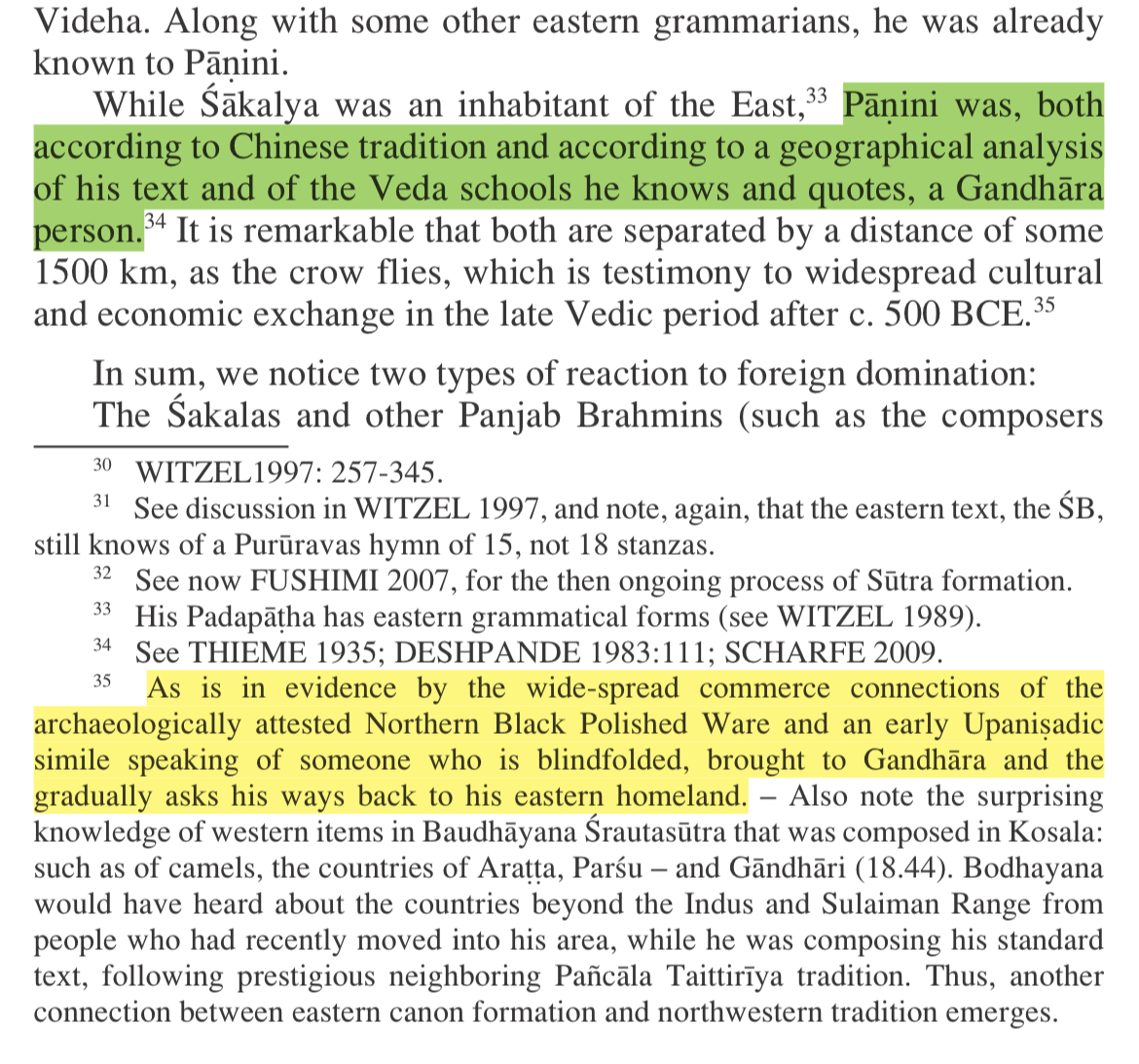
How to get URL link on X (Twitter) App


 This view is mirrored by the Chinese Buddhist pilgrim Xuanzang.
This view is mirrored by the Chinese Buddhist pilgrim Xuanzang.

 The cult of this Goddess was very popular with the Hephthalites, which suggests a political motive behind its patronage.
The cult of this Goddess was very popular with the Hephthalites, which suggests a political motive behind its patronage. 




 Apparently, he was informed about the appearance and characteristics of the Lord by his followers, which he later saw in his dream, convinced it was him. He wrote an entire poem in Farsi to commemorate this moment, which has been immortalised by Kashmiri mystics and Sufis.
Apparently, he was informed about the appearance and characteristics of the Lord by his followers, which he later saw in his dream, convinced it was him. He wrote an entire poem in Farsi to commemorate this moment, which has been immortalised by Kashmiri mystics and Sufis. 


https://twitter.com/ArainGang/status/1611561026352451584



 As early as the 6th century BCE, the religion of Gandhāra was Late Vedic, exceptions like the Kalashas existed who followed an even more ancient version of the religion. The great Indian Panini belonged to this region as well.
As early as the 6th century BCE, the religion of Gandhāra was Late Vedic, exceptions like the Kalashas existed who followed an even more ancient version of the religion. The great Indian Panini belonged to this region as well. 


 Al-Biruni informs us that Ugrabhûti wrote a treatise on grammar named Sishyahitavritti which he tried selling in Kashmir, but the residents of that land were fairly haughty and conservative in such regards, and hence didn’t pick up the book.
Al-Biruni informs us that Ugrabhûti wrote a treatise on grammar named Sishyahitavritti which he tried selling in Kashmir, but the residents of that land were fairly haughty and conservative in such regards, and hence didn’t pick up the book. 

https://twitter.com/Nazranausufzai/status/1699413330878947406The Kalasha are the last polytheistic people of the Hindu Kush and are are the last shred of a vast and multifarious polytheistic world. They number not more than 4000 souls, and are only spread among 3 valleys of Chitral, Khyber Pakhtunkhwa - Rumbur, Bumburet and Birir.

 In 1948, the Danish organised a field trip to southern Kafiristan led by Lennart Edelberg and discovered the mythical community-owned forest/orchard/‘vineyard’ and wine-making centre Indrak’un, the ‘garden’ of the deity Indr (the Kafir version of the Vedic deity Indra),
In 1948, the Danish organised a field trip to southern Kafiristan led by Lennart Edelberg and discovered the mythical community-owned forest/orchard/‘vineyard’ and wine-making centre Indrak’un, the ‘garden’ of the deity Indr (the Kafir version of the Vedic deity Indra),


 This isn’t surprising though, since regions south of the Hindu Kush mountains were considered Indian domains at the period. Yaqub though refrained from using them citing the Qur’ānic traditions of elephants being inauspicious.
This isn’t surprising though, since regions south of the Hindu Kush mountains were considered Indian domains at the period. Yaqub though refrained from using them citing the Qur’ānic traditions of elephants being inauspicious. 



 The Dogras under Gulab Singh Jamwal reserved the most brutal punishments for cow slaughter. Very often, beef eaters had their ears and noses cut off. At another instance, several houses of farmers were burned down.
The Dogras under Gulab Singh Jamwal reserved the most brutal punishments for cow slaughter. Very often, beef eaters had their ears and noses cut off. At another instance, several houses of farmers were burned down.